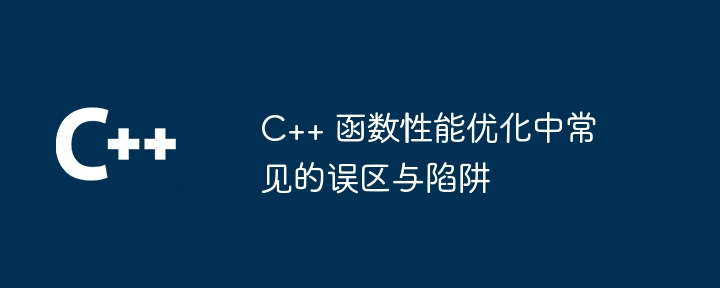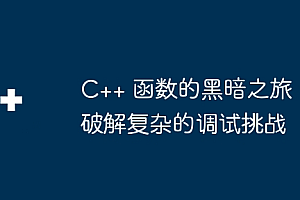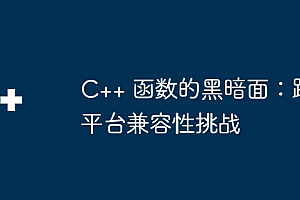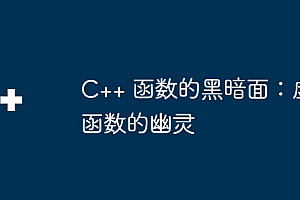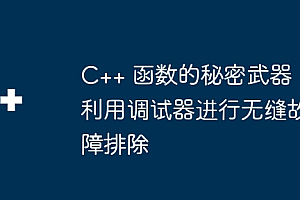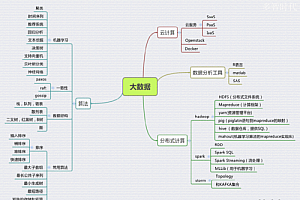通过结合函数设计模式和函数指针,我们可以创建灵活、可重用、可扩展的代码。函数设计模式提供了组织函数的结构化方式,而函数指针允许在运行时将函数作为参数传递。常见模式包括:1. 回调函数:回调函数可以定制另一个函数执行后的行为;2. 策略模式:使用函数指针实现不同的算法或策略,提高代码的可扩展性。

C++ 函数设计模式与函数指针的结合
函数设计模式提供了一种结构化方式来组织函数,使其更易于管理和维护。函数指针则允许我们在运行时将函数作为参数传递,从而实现更加灵活的代码。
我们可以将两者结合起来,创建可重用且可扩展的函数设计。下面是两种常见模式:
立即学习“C++免费学习笔记(深入)”;
1. 回调函数
回调函数是一种函数指针,它被作为参数传递给另一个函数,并在该函数执行完成后被调用。这种模式允许我们根据需要定制回调函数的行为。
实战案例:
|
1
2
3
4
5
6
7
8
9
10
11
12
13
14
15
16
17
18
19
20
21
22
|
#include <iostream>
#include <vector>
using namespace std;
void print_element(int element) {
cout << element << " ";
}
void for_each(vector<int>& vec, void (*callback)(int)) {
for (int element : vec) {
callback(element);
}
}
int main() {
vector<int> vec = {1, 2, 3, 4, 5};
for_each(vec, print_element);
return 0;
}
|
2. 策略模式
策略模式使用函数指针来实现不同算法或策略。它允许我们动态切换算法,从而提高代码的可扩展性。
实战案例:
|
1
2
3
4
5
6
7
8
9
10
11
12
13
14
15
16
17
18
19
20
21
22
23
24
25
26
27
28
29
30
31
32
33
34
35
36
37
38
39
40
41
42
43
44
45
46
47
48
49
|
#include <iostream>
#include <vector>
using namespace std;
class Strategy {
public:
virtual int calculate(int n) = 0;
};
class AddStrategy : public Strategy {
public:
int calculate(int n) override {
return n + 1;
}
};
class MultiplyStrategy : public Strategy {
public:
int calculate(int n) override {
return n * 2;
}
};
class Context {
public:
Context(Strategy* strategy) : strategy_(strategy) {}
int do_something(int n) {
return strategy_->calculate(n);
}
private:
Strategy* strategy_;
};
int main() {
int n = 5;
Context context1(new AddStrategy());
cout << context1.do_something(n) << endl;
Context context2(new MultiplyStrategy());
cout << context2.do_something(n) << endl;
return 0;
}
|
通过将函数设计模式与函数指针相结合,我们可以创建更加灵活、可重用和可扩展的代码。






